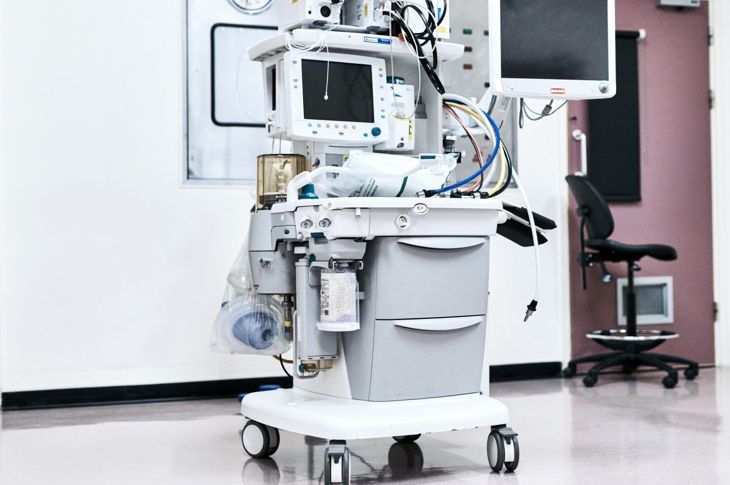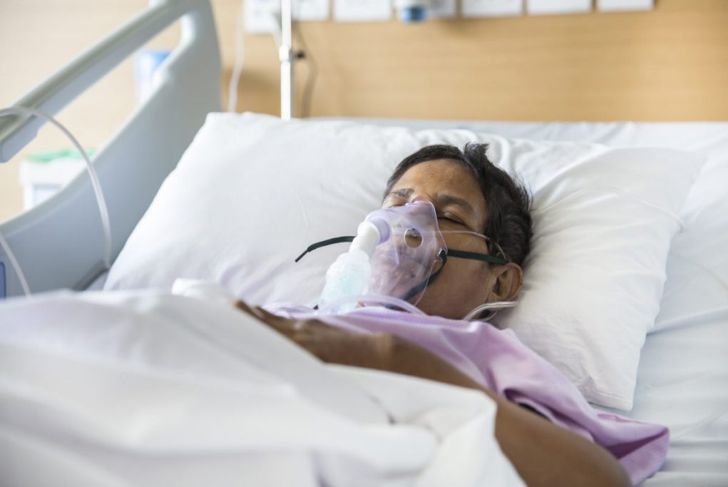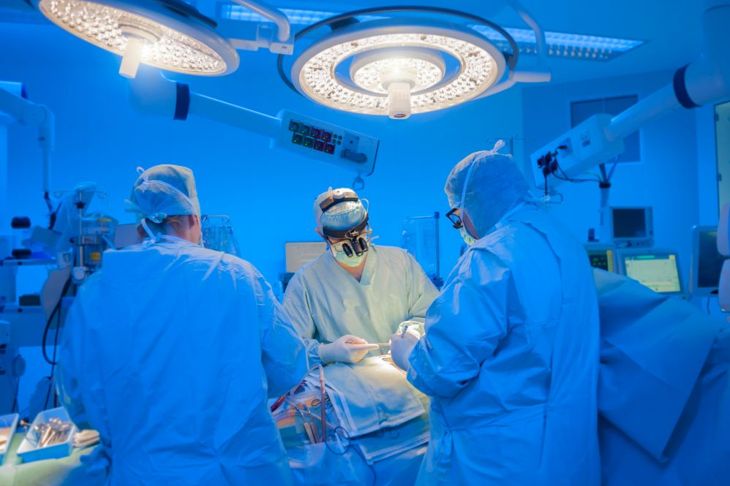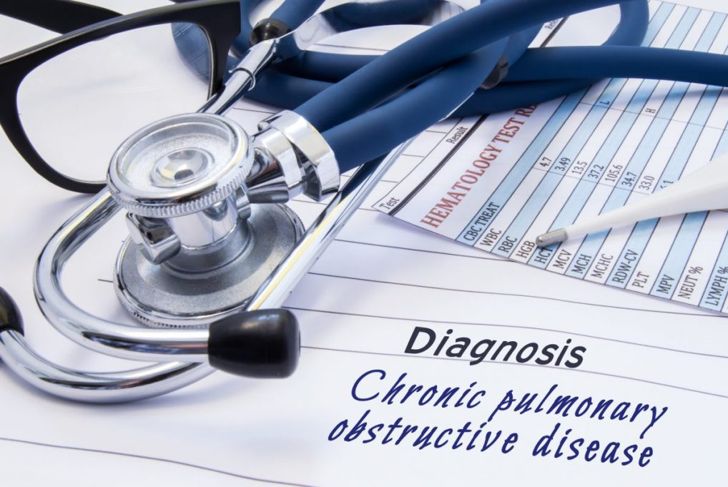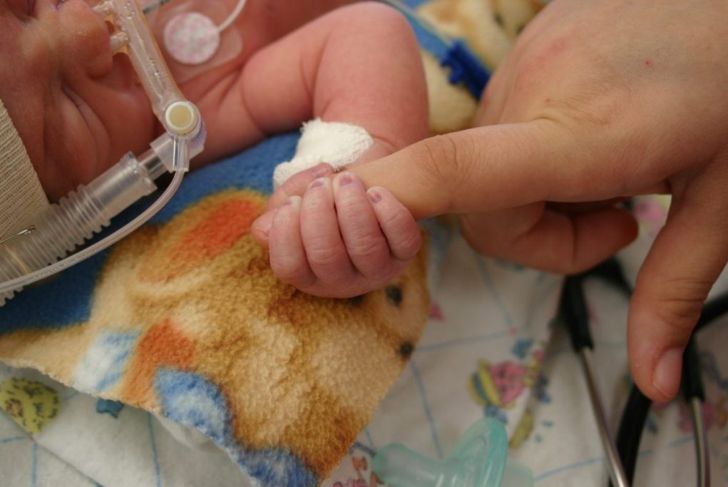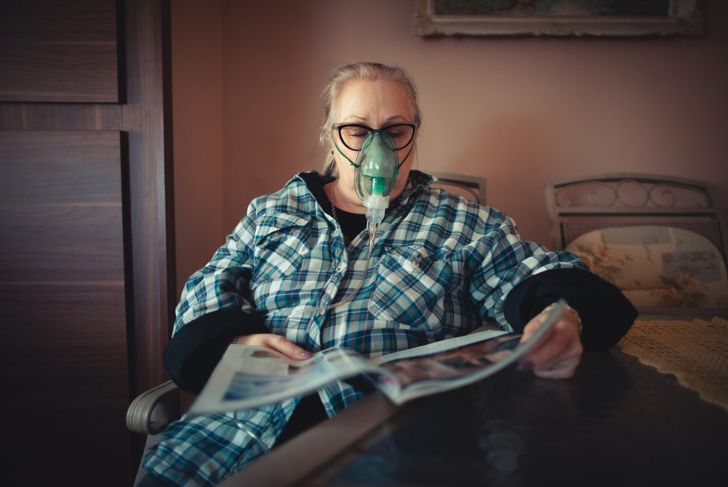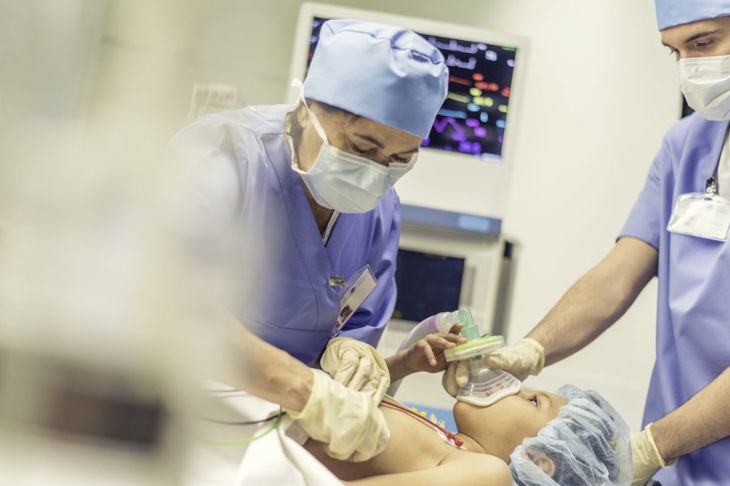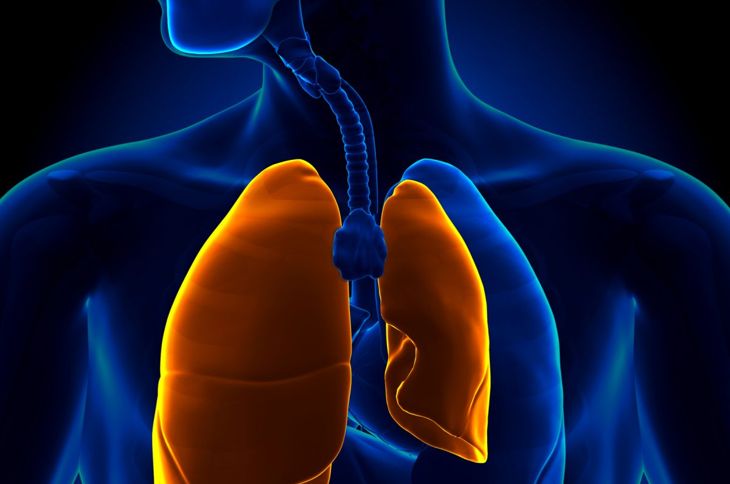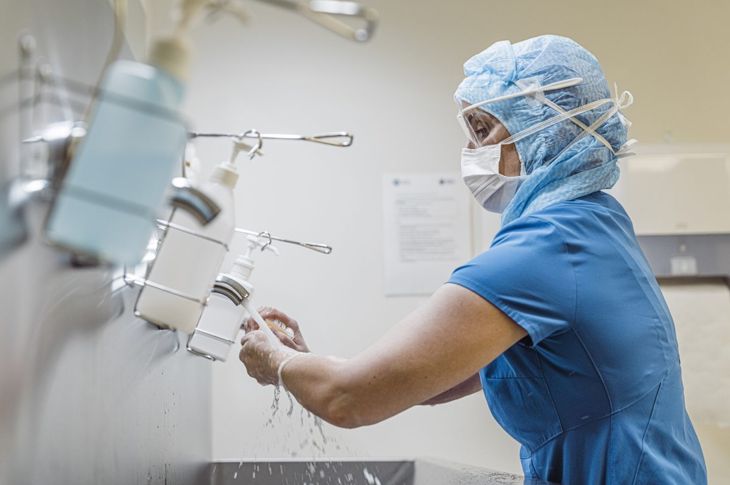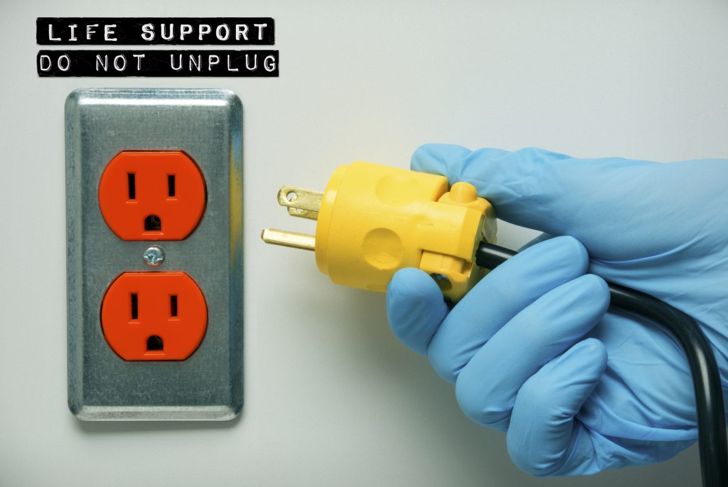A ventilator is a life support treatment that helps the lungs function when they cannot work on their own. The machine is intended for short-term use, although some individuals require them long-term or permanently. This amazing technology allows medical teams to perform surgeries and prolong life for individuals recovering from serious illness and injury. However, the use of ventilators carries risks, and the devices do not always help.
How Ventilators Work
Ventilators manage the flow of air and oxygen to a patient and regulate inhalation and exhalation. When a person’s lungs can no longer process enough oxygen on their own, a medical professional sedates the patient and administers a paralytic to stop their breathing. The healthcare worker intubates the patient by inserting a long plastic tube through the trachea and vocal cords. This lets the ventilator deliver small puffs of medical air — 21% oxygen and 70% nitrogen — to the lungs. The machine exerts pressure to facilitate inhalation: air passes through a humidifier and into the lungs before it is released through a separate tube. Exhalation is passive as the lungs naturally spring back to expel the air
How It Feels
A ventilator does not normally cause pain. However, some individuals experience discomfort from the tube in their nose or mouth. They may also feel uneasy as air is forced into their lungs. People on a ventilator cannot talk or eat. Sometimes, a person tries to exhale while the ventilator is trying to push air in. This works against the machine, and these patients often need sedatives or neuromuscular blocking agents to help their breathing match the machine. This is discontinued as soon as possible and always prior to removing ventilator support.
For Surgeries
A ventilator is typically used when a person is under general anesthesia for surgery. Since the sedative medications disrupt breathing, the machine helps ensure that the patient continues breathing throughout their procedure. Medical staff usually remove the ventilator before the person wakes up, once the anesthesia wears off and they can breathe on their own. Depending on the type of surgery, a patient may require a ventilator for a few hours to a few days post-surgery. Most people only need it for a short time. After surgery, many people do not know they were put on a ventilator except for the side effect of a slightly sore throat.
For Illnesses
Ventilators are also used during treatment for severe lung diseases and other conditions that impair normal breathing. The machines ease breathing for people experiencing discomfort and shortness of breath. Ideally, a ventilator is a short-term treatment until treatment restores normal breathing. If an individual does not recover enough to breathe independently, they might need a ventilator for the rest of their life. Many issues can impede lung function, including:
- Acute respiratory distress syndrome (ARDS)
- Chronic obstructive pulmonary disease (COPD)
- Pneumonia
- Amyotrophic lateral sclerosis ALS), upper spinal cord injuries, and other conditions affecting the muscles and nerves involved with breathing
- Stroke or brain injury
- Drug overdose
Portable Ventilators
Since the movement of air in and out of the lungs is such an important function, a portable ventilator is a key piece of equipment in critical care transportation. This device may be manually operated or machine-driven. Portable medical ventilators are common for transporting injured people from accident sites to hospitals, as well as moving neonatal and pediatric patients throughout treatment centers.
Home Ventilators
People who have had multiple hospitalizations due to high carbon dioxide levels, have obesity, or have low respiratory rates while sleeping can benefit from home ventilators. These machines regulate the respiratory rates and pressures needed to deliver proper breath volumes. Home ventilators can be used with a mask over the nose and mouth or connected to a tracheotomy tube.
Ventilator vs. Respirator
A ventilator differs significantly from a respirator, though many people incorrectly use the terms interchangeably. A respirator is a protective face mask that does not assist with breathing. Instead, it helps prevent the inhalation of harmful airborne particles such as dust, chemicals, and viruses. N95 masks are respirators healthcare workers often use when in close contact with infected patients and people with compromised immunity.
Risk of Lung Damage
Ventilator use can damage lung tissue depending on the forced airflow from the machine. Some patients need dangerously high amounts of pressure due to extensive lung inflammation. High levels of oxygen can be toxic, as well. A condition called pneumothorax causes air to leak out of the lungs, which can lead the vital organs to collapse.
Other Risks
Infection is another potential complication of ventilator use; the tube carrying air to the lungs is a conduit for bacteria. Many ventilated patients develop ventilator-associated pneumonia (VAP), which can be treated with antibiotics. Healthcare providers strive to prevent this condition by elevating the patient’s head if possible, monitoring their ability to breathe independently, and implementing rigorous sanitation methods. People on ventilators are also at risk of developing blood clots and skin infections, though specific diseases and extremely limited mobility are often also present. Sinus infection can occur in individuals who have endotracheal tubes, which are inserted into the windpipe through the nose or mouth. Vocal cord damage is another possible side effect.
When There Is No Improvement
Some patients have such pervasive damage to their lungs that ventilation cannot help. In these cases, the healthcare staff will discuss treatment options regarding continued ventilator support with the patient or their healthcare proxy. If an unconscious individual’s condition continues to deteriorate, a choice may be made to discontinue use and allow death to occur.

 Home
Home Health
Health Diet & Nutrition
Diet & Nutrition Living Well
Living Well More
More